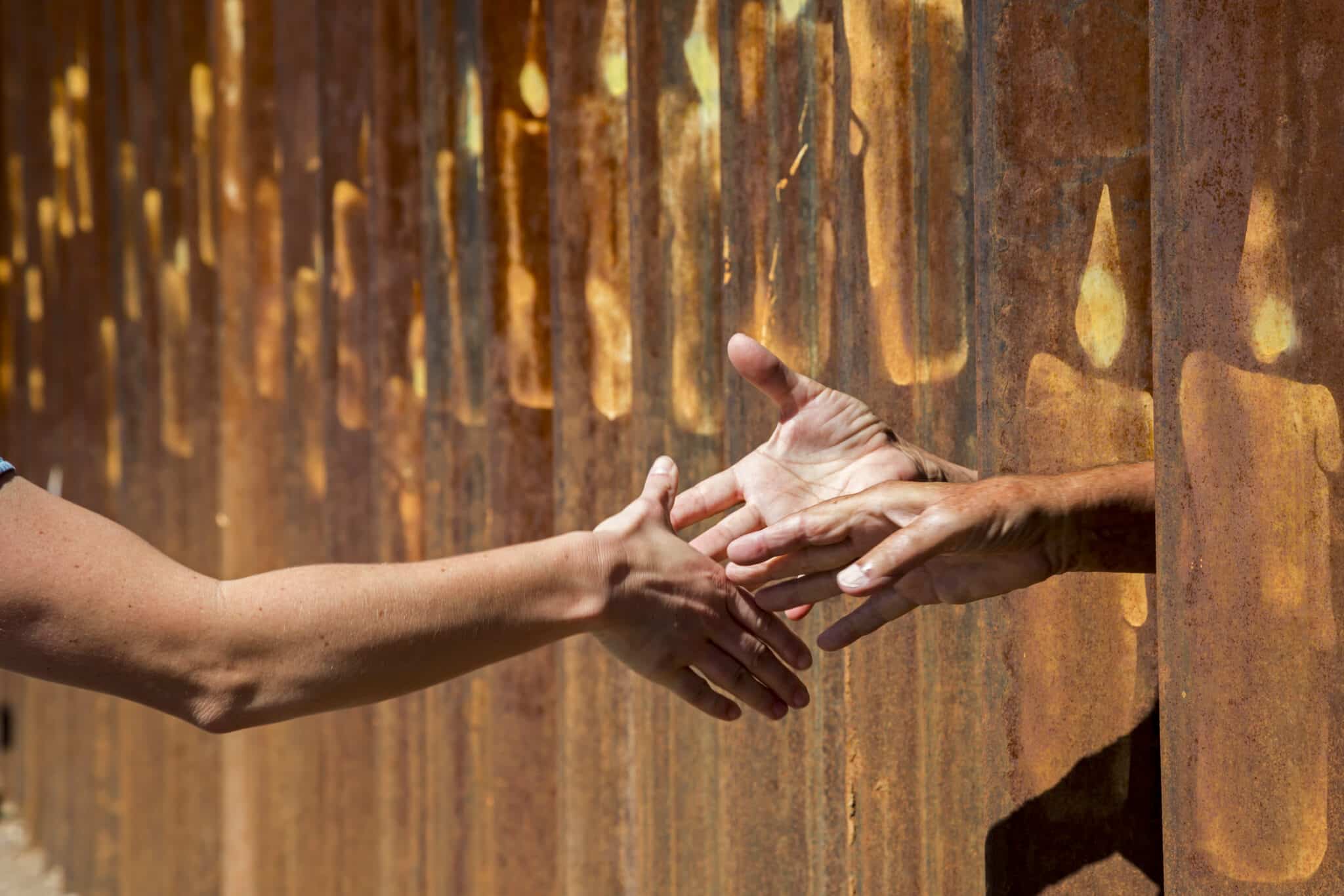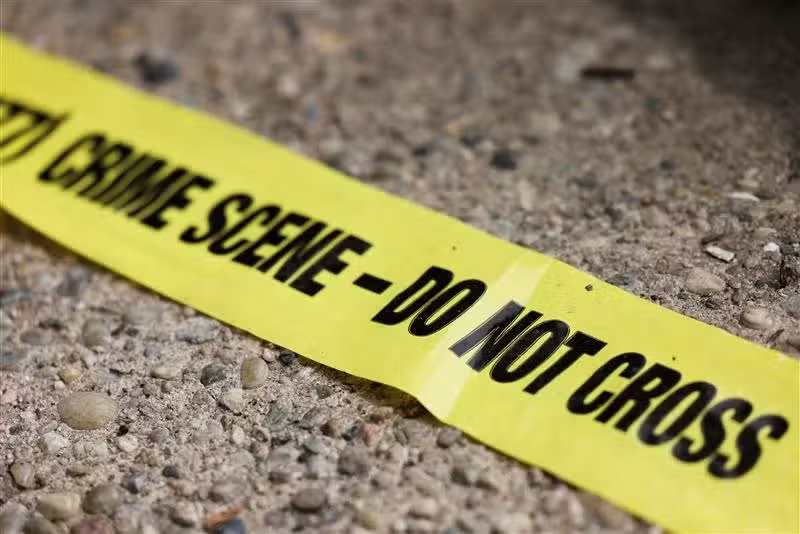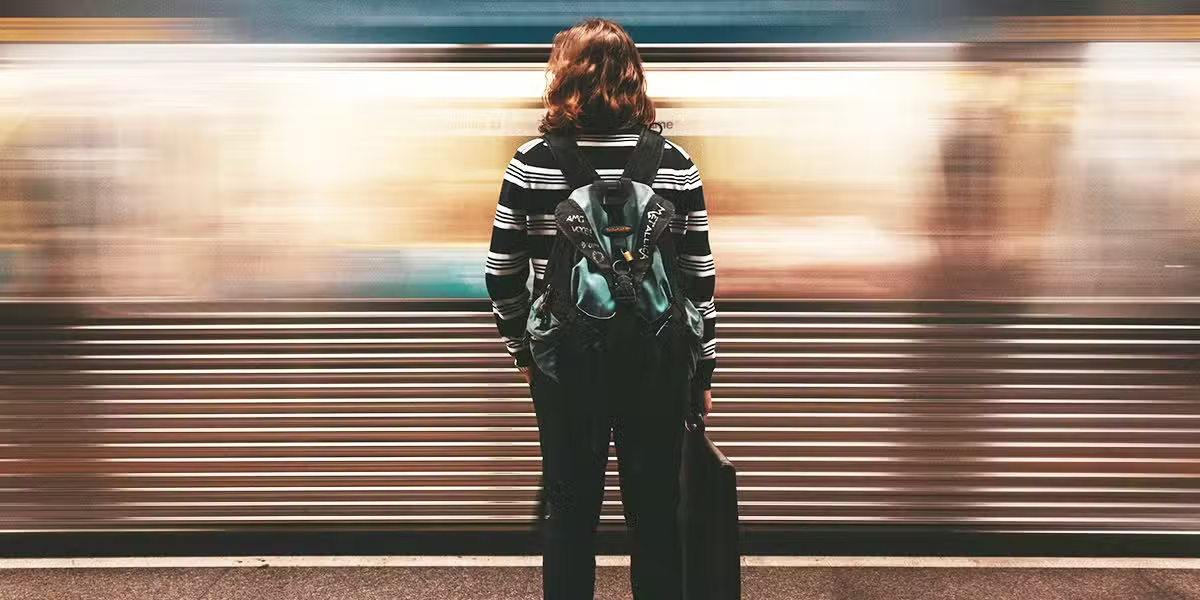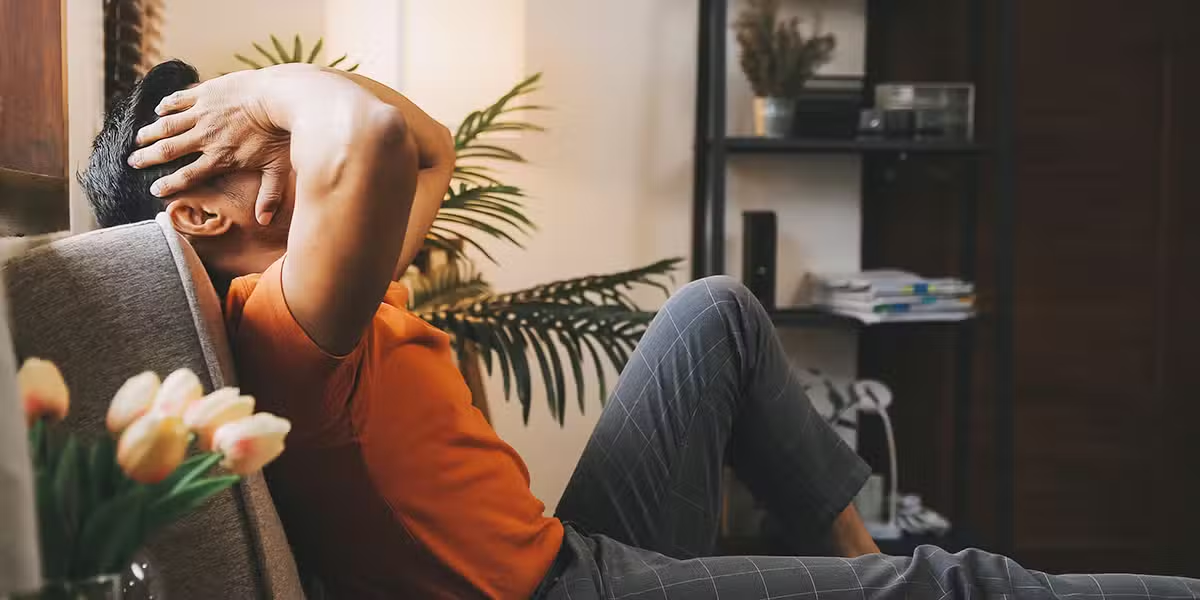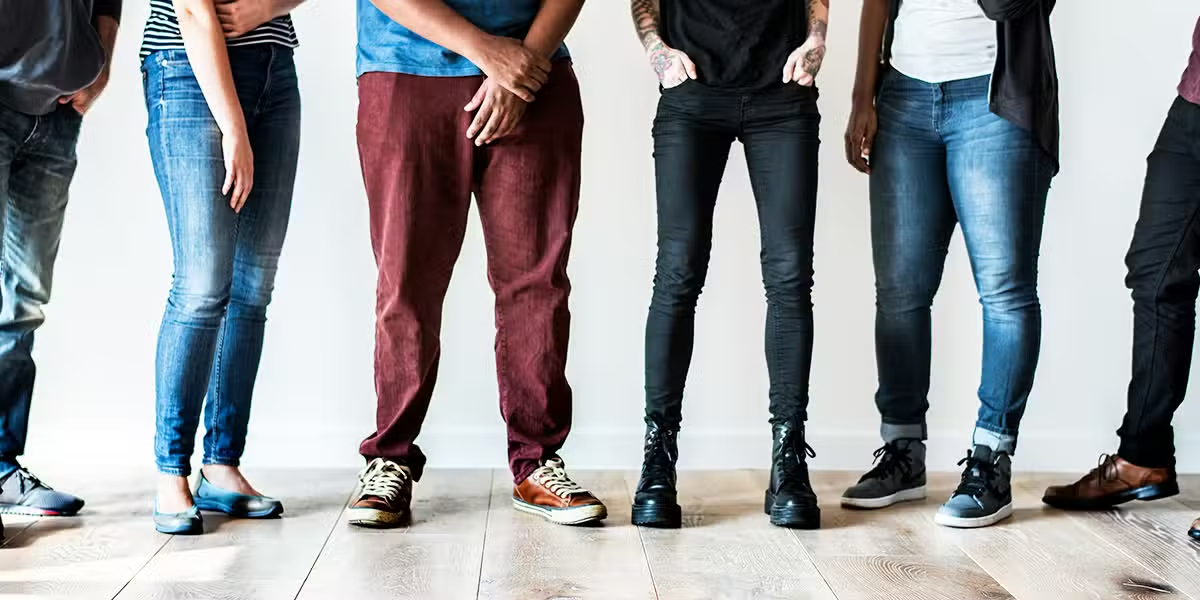My alarm clock rumbles at 4:30 a.m. It is just barely dark as the sun rises in the Sonoran Desert, about 60 miles south of Tucson, Arizona, and 12 miles north of the United States/Mexico border. The morning could not come soon enough after my night of fitful sleep on a slowly deflating camping pad. I did not use the sleeping bag again; the weather dropped to a stuffy 80 degrees overnight.
I roll out of bed and put on the same threadbare pants, praying that they will hold together for at least one more day and, I hope, the rest of my three-month summer commitment. I open my tent, turning my boots upside down and shaking them. Luckily, there are no scorpions in them this morning.
With my headlamp on, I do the morning chores: water in the large stockpot, water in the gallon pitcher, oatmeal in the pot, and coffee in the pitcher. I look in the kitchen tent for our broken lighter and flick it at the propane stove for several seconds. The heat from the flames is another unwelcome reminder that it is only going to get hotter today. Someone said that it will get up to 115 degrees this week. I tune my banjo and play as loudly as I can, walking around the camp.
Another 20 young volunteers roll out of their sleeping bags, tents, or the back of the truck where they have been sleeping. We all meet 20 minutes later at the plastic folding tables next to the kitchen tent. As volunteers with No Más Muertes (No More Deaths), a humanitarian-aid organization whose mission is to “end death and suffering in the desert, ” we are the only group that has a medical camp right in the middle of the main migration corridor to the United States.
With bowls of oatmeal and large cups of coffee in hand, we begin again the conversation that we have been having all summer.
“When was the last time people went to Ruby East? “
“Three days ago. “
“How about Apache? “
“How much water did we bring there last time? “
“Twenty-five gallons, I think. And about eight cans of beans. “
“We saw a lot of footprints at Murphy’s Well last week. “
“What about Deadman’s Drop? “
“We only found slashed water bottles there. “
“Did you bring them up the trail, up that really steep hill? Border Patrol won’t climb that high; you could try putting the bottles up there. “
In this conversation I have yet another surreal moment, which seems to make up the majority of my summer. This group of 20 idealistic volunteers is responsible for trying to save the starving, dehydrated, and injured masses migrating north through the unforgiving Sonoran Desert.
Thirty minutes later, the day’s work is decided. Four groups will go out on “patrols ” and “water runs. ” Three people will stay back to monitor the patients in camp and to give the “Know Your Rights ” talk. We also need to monitor patients’ blood pressures.
Doctors working with No More Deaths in Tucson are worried that the 50-year-old couple staying in camp may have ruined their kidneys’ ability to filter blood. Out here, you need to drink a gallon of water a day to keep your body working. They were both in the desert for three days without food or water.
We leave camp in large, scraped, bent, loud, old, and awesome four-wheel-drive trucks. Each is loaded down with tired volunteers, hiking packs, lunches, crates of beans, medical packs, and about 50 one-gallon jugs of water. For the next 90 minutes, we drive over dirt roads that I would feel uncomfortable walking over. We listen to an old cassette by John Prine. We pass one or two locals driving into town and about eight white-and-green Border Patrol “dogcatcher ” trucks. Instead of a bed in the back, they have a low-ceilinged box, with bars for windows. We drive through yellow mountains, yellow not with sand but with blooming Mexican poppies.
Our GPS tells us we are in the right place. We all hop off the truck, load ourselves with as much water as we can carry, and then throw in cans of beans. We follow our GPS down a hill and into a ravine. My thighs are burning; my knees feel abnormally shaky underneath 8 gallons of water and my med pack. I am blinking twice as fast to keep the sweat out of my eyes, and I realize not five minutes later that my shirt is once again soaked in sweat.
We carefully enter a ravine, which makes me regret carrying 64 pounds of water. At the bottom of the ravine, I see the most beautiful sight I have seen all summer in this magnificent and deadly desert: 30 empty gallons of water and 25 empty cans of beans!
In the watertight bucket that once held packets of food and socks is a note scribbled on the back of a bus ticket to northern Mexico. It reads, “Thank you and God bless you very much. “
Reuniting with Families in the US
Scattered throughout this desert are the relics of the journey: valleys filled with empty water bottles, ravines littered with sweatshirts, fields strewn with backpacks. In the midst of this debris, in the midst of all this suffering, are islands of shrines. A small cluster of old candles surrounds the sun-tinted picture of Jesucristo y La Virgen, whose serene, saintly eyes follow you as you walk by.
Above a discarded black pair of jeans on a lowly mesquite tree hangs a wooden crucifix; its dying Christ blends in with the gnarled and thorny branches. Taking hope from the fact that their Savior, too, was lost in the desert and also migrated to a new and better home, most of those traveling find hope in their deep faith.
“Vaya con Dios ” ( “Go with God “) we write on the gallons of water we leave behind. We write this not to convert, but to affirm the attitude already held by those crossing.
The most conservative estimates show that at least 500 people a year die in this desert, on the US side of the fence. Since 1994, our country has been pushing people out of the cities, off the roads, and into the bleak, burning desert.
Over 20 years later, the reality of the border is changing. We are not closing our borders to drug smugglers, job stealers, or terrorists. We are closing them on those trying to go back to their lives in the United States.
According to a survey of those recently deported to Nogales, Mexico, the average person deported has lived in the United States for more than 14 years and has two to three children still living in the states (70 percent of those children are citizens). Of those interviewed, 70 percent said they would continue to cross the border until they make it back to their families.
The trip into the United States consists of a three-day hike (usually done at night and running) and about $3,000 paid to a coyote (human trafficker) who will leave you for dead if you lag behind or kidnap you if you are unable to pay.
If you are caught, Border Patrol will 91 percent of the time either hit you; deny you food, water, and medical care; take your belongings; or mentally abuse you for the 48 hours you spend with them (cultureofcruelty.org). After this, some of those held will go to court and spend up to six months in the worst jails in the country. Even so, the human spirit survives. Still, people make the journey for their children, spouse, family, and almost never for their own sake.
One Couple’s Story
I first met the 50-year-old man and woman a couple of hours after they arrived in camp. Having been lost in the desert for three days without food or water, they had incurred significant kidney damage, and we were advised to monitor their vital signs every 15 minutes to make sure they did not go into shock. By the time it was my turn to monitor them, they were tired of being constantly prodded and squeezed by inexperienced EMTs. The woman avoided eye contact and nodded politely when I asked her if I could take her blood pressure. Unable to interact with my poor Spanish, they sat silently as I tried to count their breaths per minute.
An exceptional cook, she had a much stricter standard for cleanliness than most of my fellow volunteers. When another patient walked into camp, she made an excellent bedside nurse, though in need herself, giving water and attention to a man who had been lost for a week.
Her husband, a mechanic by trade, was shocked at the lack of maintenance we gave to our over-worn trucks. Through lots of patient pointing and hand gestures, we worked on the trucks together. He taught me how to replace a flat tire.
They had been living in Florida and have a 7-year-old daughter, who is a US citizen. After they were deported to Guatemala, their country of origin, they could not return to the United States legally for 15 years. Determined to be with their daughter, they wrote living wills for each other, talked to family about who could take care of their daughter if both of them died in the journey, and forged Mexican citizenship papers.
The journey from Guatemala to Mexico alone is as deadly as the trip into the United States. Because they knew that they probably would not make it on their first try, they were ready to keep trying again and again. We met them during their second attempt.
After a week eating her cooking and fixing cars with him, it was time for all three of us to head north. I needed to go back into Tucson to shower and take a break from the heat, and they had decided that if they stayed longer it would increase their likelihood of being captured by Border Patrol. We left camp at the same time, me driving the truck that he helped fix, and they on foot. While I drove through the hot, dark desert, they were apprehended and deported back to Nogales.
A Unique Perspective
One of the miraculous things about the desert is its ability to cut through all of our preconceived notions about “the immigration issue. ” Theories about free trade, border militarization, and national security no longer seem relevant when you meet someone who has been lost without food, water, or shoes for a week. There is one truth given to us from the desert: we are killing our neighbors. We are killing our brothers and sisters in Christ.

